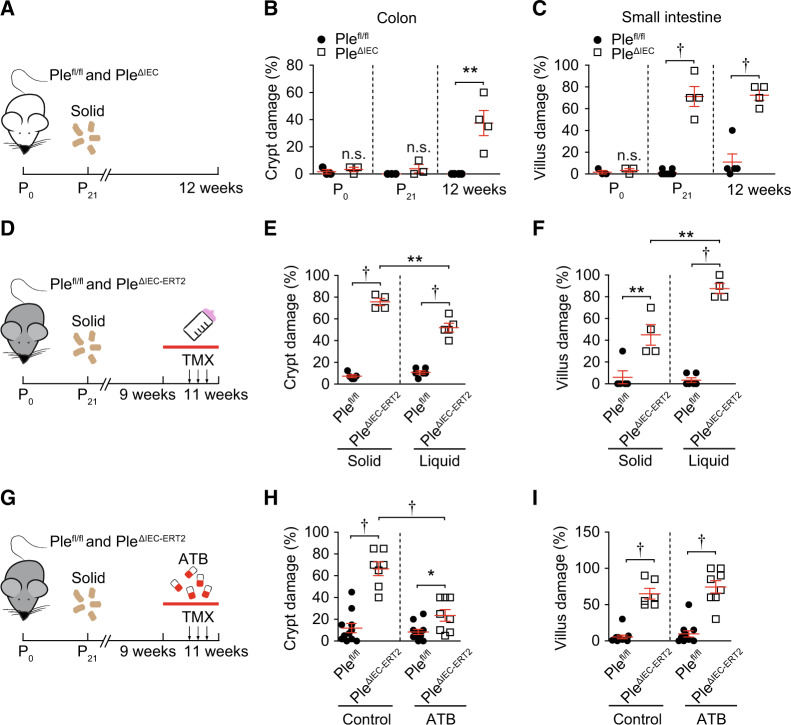Fig. 7. Intestinal epithelial damage in PleΔIEC mice results from mechanical stress.
A–C Plefl/fl and PleΔIEC mice were sacrificed on postnatal day 0 (P0), postnatal day 21 (P21), and at 12 weeks (12w) of age, and epithelial damage scores were assessed from colon and small intestine sections. Schematic illustrates the experimental setup (A). Solid, transition to solid chow at P21. Graphs show quantification of epithelial damage in the colon (B) and small intestine (C) at the age indicated. D–F Nine-week-old Plefl/fl and PleΔIEC- ERT2 mice were either kept on solid chow or provided with a liquid diet for 14 days. Plectin inactivation was induced by three consecutive applications of tamoxifen (TMX) on days 6, 8, and 10; mice were sacrificed on day 14. The schematic illustrates the experimental setup (D). Solid, transition to solid chow at P21; arrows, TMX application; red bar, period on a liquid diet. Graphs show quantification of epithelial damage in the colon (E) and small intestine (F) on solid chow and liquid diet. G–I Nine-week-old Plefl/fl and PleΔIEC-ERT2 mice were kept either untreated or treated with broad-spectrum antibiotics. Plectin inactivation and sample collection were identical to (B). Schematics illustrate experimental setup (G). Chow, the transition to solid chow at P21; arrows, TMX application; red bar, period of antibiotics (ATB) treatment. Graphs show quantification of epithelial damage in the colon (H) and small intestine (I) on solid chow and liquid diet. Data are presented as mean ± SEM, n.s. not significant, *P < 0.05, **P < 0.01, †P < 0.001.

